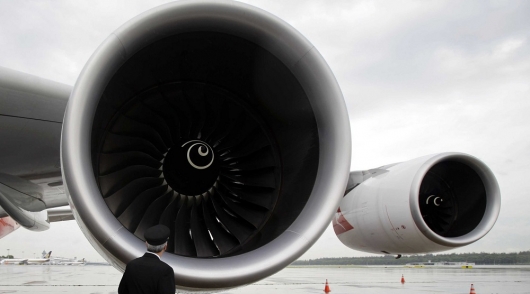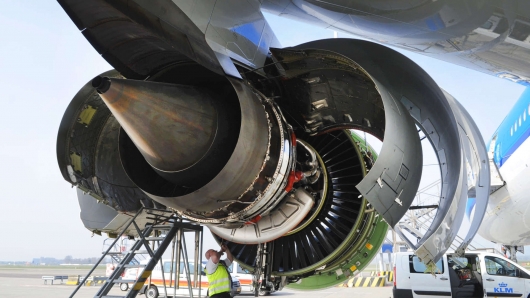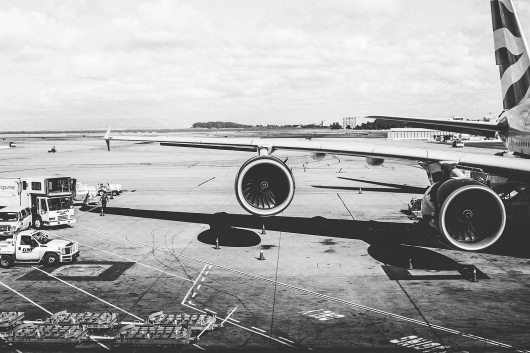Why do some aircraft engines located under the wings, and the other on the tail
That’s why aircraft engines are on the wings or on the tail

What is dictated by the location of the engine on modern Airliners? The weight of the aircraft? Yes. The design of the aircraft? Yes. The operating conditions and purpose? Again, the answer is correct. In General, the engines on the aircraft may be located in different parts of the aircraft, for example, in the rear of the fuselage, under the wings or even in the bow, if we are talking about internal combustion engines. The motors in different ways and attached different transmit vibration and noise inside the cabin, the pilots emphasize that the control of aircraft with different configurations are also different.
But there are two most common, basic places, where fixed jet engines of modern aircraft, and that’s why this is happening.

Jet engines almost always possible to observe under the wings or at the rear of the plane. I’m sure anyone who has ever been in the airport, I noticed this. The following English-language video detailing interesting and explains why there is still a separation between the two locations of jet engines. Therefore, I advise you to start to see it to include subtitles in Russian, if necessary:
The video is quite long (over 15 minutes) and is replete with technical data, so for those who want to see the information in General terms, below is a list of the top positive and negative points of the two location types of jet engines:
Under the wing

Pros: Easy access to engine for maintenance.
You can install more and/or larger engines.
When designing don’t need to seriously add value to the design that reduces the development cost of the new liner, reduces the weight and reduces fuel consumption.
Under suspension of the engines under the wing you can use shorter fuel lines, which is an integral part of modern safety liner in case of fire.
Cons: High noise level.
Engines hanging close to the ground, during landing or takeoff are more likely to delay the items and dust that may be on the runway that could damage the impeller of the turbine and bring the engine down or even lead to an emergency situation.
In case of loss of one or more engines requires more professionalism from the pilot for landing the plane. Latest can just go sideways.
Located in the tail of the plane

Pros: Quiet (inside the cabin is almost not audible, well, maybe a little more loudly buzzing in the last rows in the tail).
They rarely flies different debris and foreign objects due to the elevated location.
Suitable for different types of runways.
You can enable reverse during landing (as in the movie “the Crew”, but without the separation of the tail).
Cons: There are problems of access for maintenance.
Requires more reinforcement of the fuselage and a longer fuel lines, which is dangerous in case of fire.
Of course, the video explained a lot more, including more detailed information on the characteristics of each type motor mounts, so suggest a movie to see if the topic you really care about.
